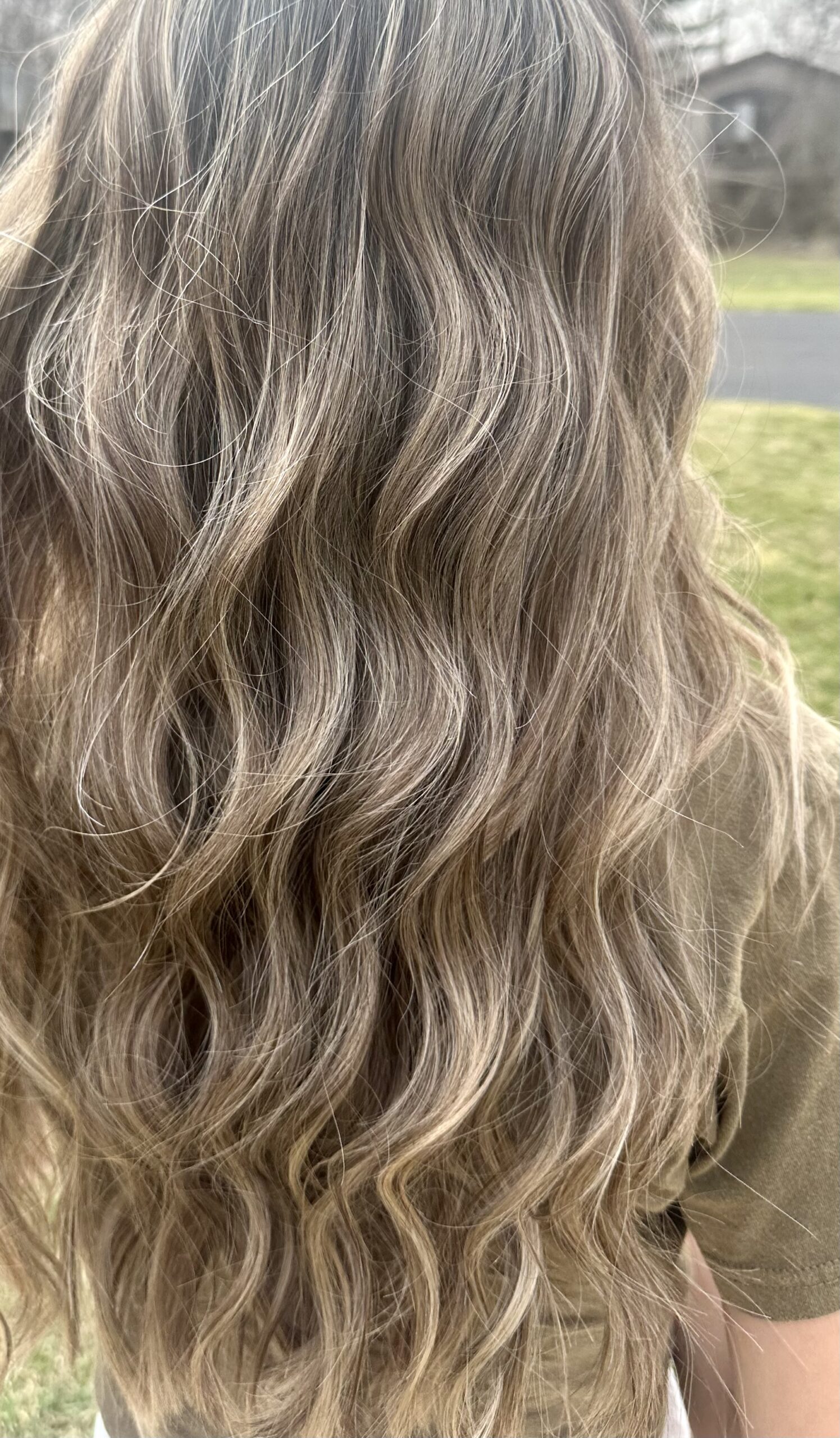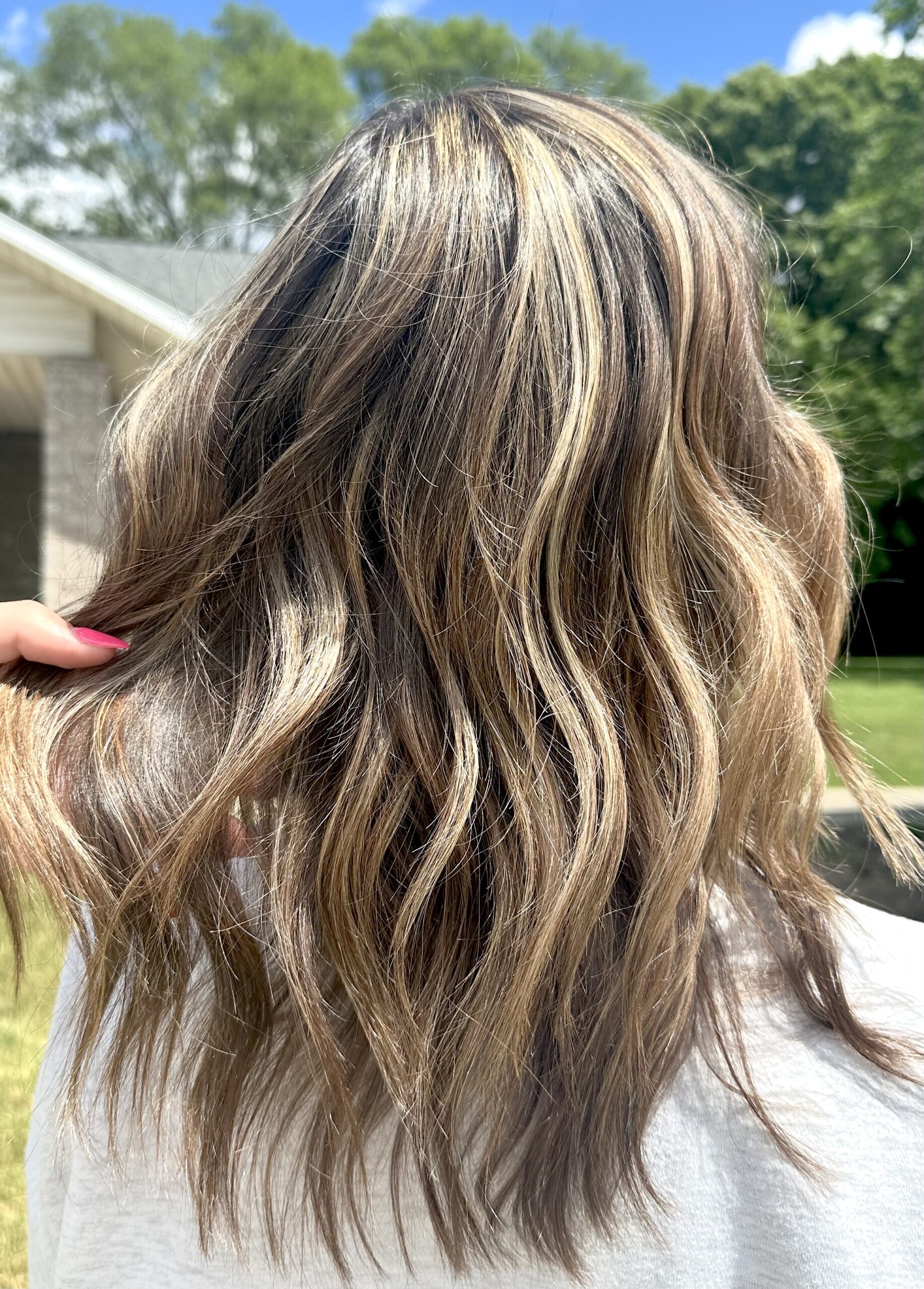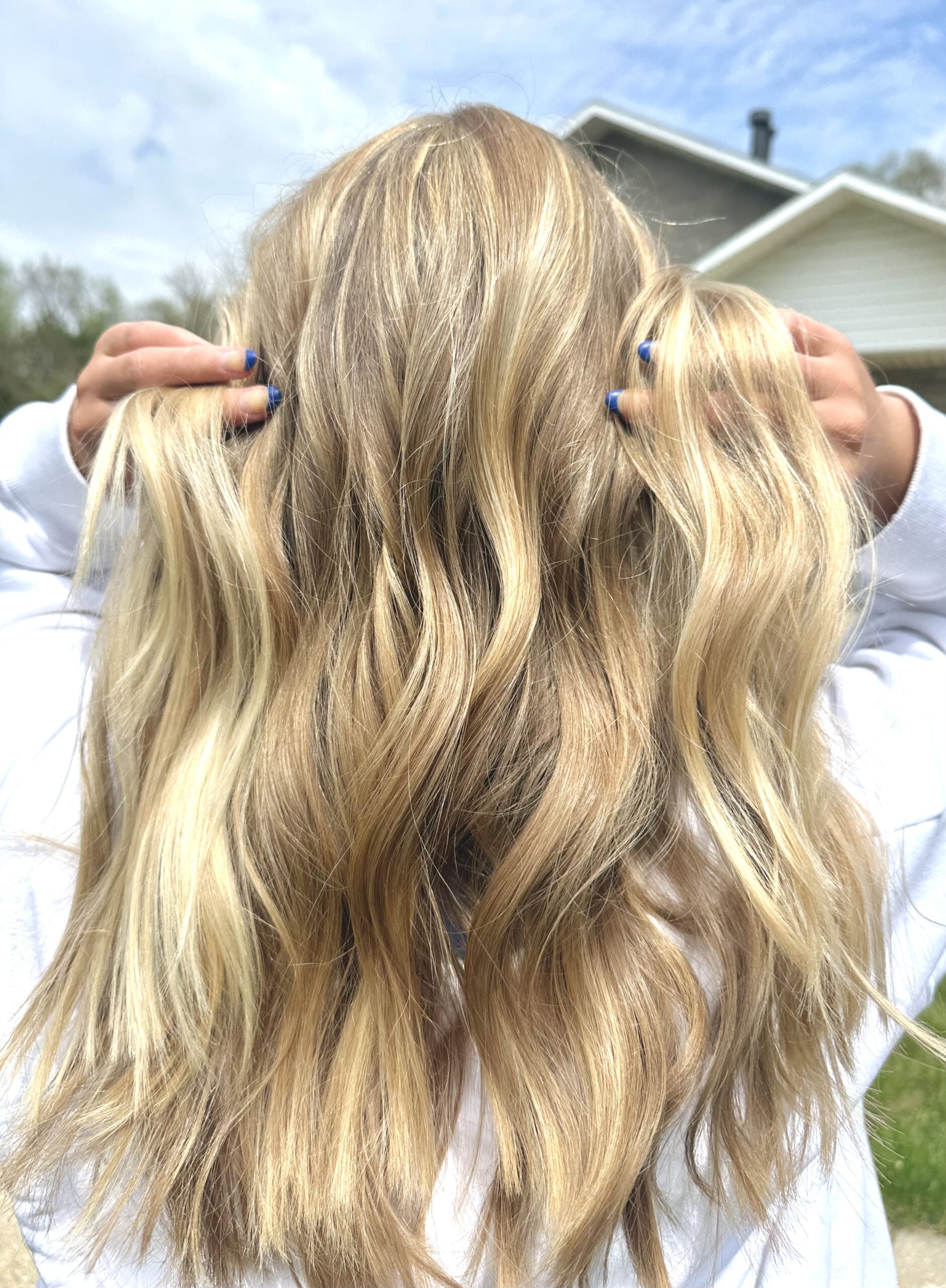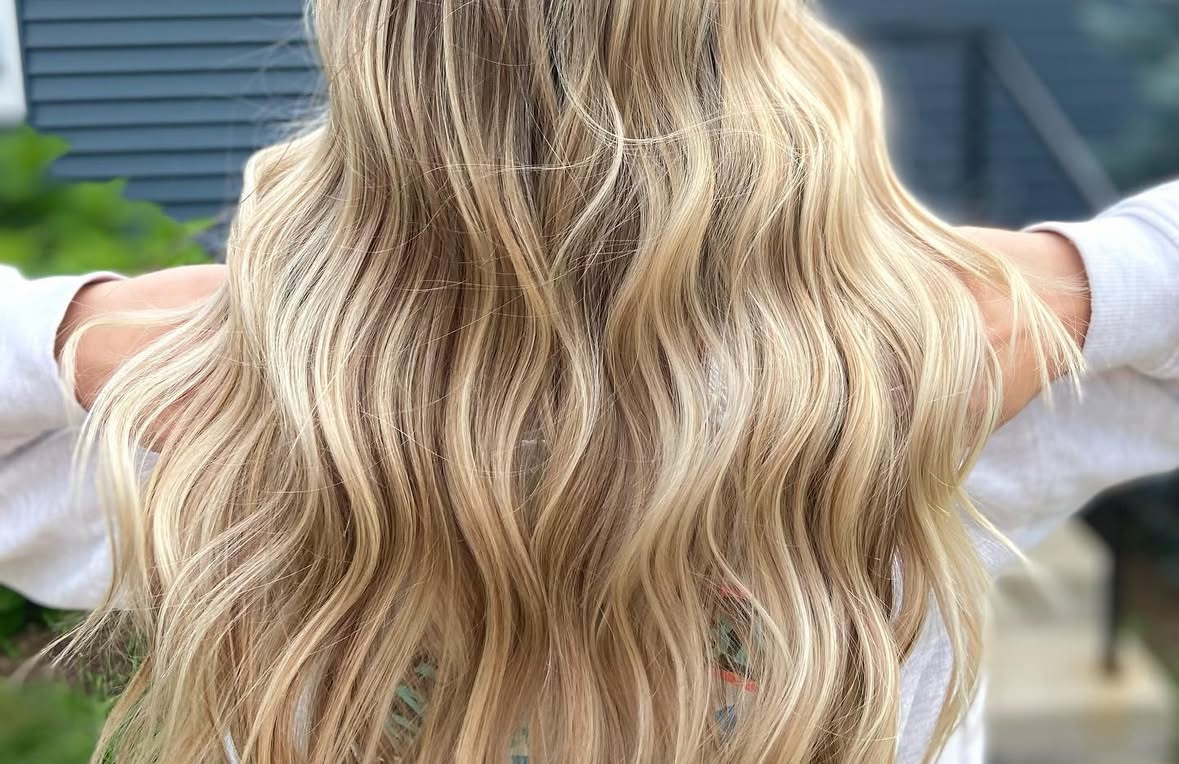styledbytexture
Curling Your Hair
Why Do Your Friends’ Curls Last All Night… And Yours DON’T?

Why Do Your Friends Curls Last All Night… And Yours DON’T?
When you’re walking downtown for a girl’s night out you’re hot, it’s humid, and the wind is blowing you away. You realize that it wasn’t a good idea to even put heat on your hair because it already fell out. Then, you look over and see that your bestie’s hair still has the bounciest and most luscious curls ever. This not only is the worst feeling ever because you spent all that time styling and damaging your hair, but it also leaves you wondering why her curls last and yours don’t.
Here’s the thing… it’s not just that your bestie is lucky, and you aren’t. It’s about understanding your hair type, how your hair reacts to the heat, and the prep that makes the difference in how long it’s going to hold. Once you understand all of this you will know how your friend got so lucky, and finally be able to get the curls that actually last no matter how bad the weather is.
The truth is, curls don’t just decide to stay in or fall out, it’s all about your hair structure. Every strand is made up of hydrogen bonds that are broken down and temporarily reshaped with heat. But depending on your hair type, those bonds may reset quickly or stay locked in place for days.
If your curls drop within an hour, it usually means your hair is either too fine to grip the style, too heavy to hold it up, or too smooth for the curl to stick. On the other hand, your bestie’s bouncy waves? Her hair type, porosity, and even the way she prepped it before curling are all working in her favor. The good news is you don’t need new hair to fix this.
The Real Reason Your Curls Don’t Last.
It’s Not You, It’s Just Your Hair Type.
Let’s go through the different hair types and see what your hair does.
Fine Hair: Lacks grip so curls slip out. Needs lightweight products and lower heat.
Thick/Coarse Hair: Resistant to reshaping so needs higher heat and strong setting products.
High Porosity: Absorbs product and moisture quickly, so curls may frizz out.
Low Porosity: Repels product/moisture, so curls can slide off.
hint: Put a strand of your hair in a glass of water.
High porosity hair: if it sinks you have highly porous. The cuticle layer has lots of gaps and openings.
Low porosity hair: If it floats on top for a while before sinking, because it resists letting water in it has a low porosity. The cuticle layer is tightly sealed.
Medium/normal porosity: If the strand usually hovers in the middle, it has a normal porosity
If your this far and your curls don’t seem to last, chances are your problems started before you even picked up that hot tool. The products your use to prep your hair and make or break how long your style lasts.
Prep is EVERYTHING.

Here are the products you need to keep in mind:
Shampoo/Conditioner: Heavy shampoos and creamy conditioners can leave buildup in your hair that actually weighs your hair down. This makes it harder for curls to stay. Instead, using a lightweight, clarifying shampoo and a conditioner designed for your hair type will give your strands a clean, grippy base that holds shape better.
Heat protectants: They are non-negotiable. A good heat protectant doesn’t just shield your hair from damage but it also adds a layer of hold and structure so your style lasts longer.
The styling cocktail based on your hair texture: Mousse or volumizing spray builds grip for fine hair, texture spray gives body to slippery hair, and lightweight serums can tame frizz in coarse hair without making curls fall flat.
For Fine Hair
- Shampoo/Conditioner: Lightweight, volumizing formulas (avoid heavy oils or butters).
- Prep Product: Volumizing mousse or root-lifting spray adds grip so curls don’t slide out.
- Extra Tip: Use a dry shampoo before styling to create texture.
For Thick / Coarse Hair
- Shampoo/Conditioner: Hydrating formulas that smooth frizz but don’t weigh down.
- Prep Product: Cream-based heat protectant and a lightweight serum to tame bulk without losing bounce.
- Extra Tip: Section hair into smaller pieces when curling so heat distributes evenly.

For Naturally Curly / Wavy Hair
- Shampoo/Conditioner: Curl enhancing formulas to define natural texture.
- Prep Product: Curl cream or curl mousse sets a base plus a humidity shield spray if needed.
- Extra Tip: Don’t overbrush before styling. Work with your curl pattern, not against it.
For High Porosity Hair (absorbs everything quickly)
- Shampoo/Conditioner: High moisture formulas that lock hydration in.
- Prep Product: Leave-in conditioner or light cream plus a flexible hold hairspray to seal cuticles.
- Extra Tip: Always finish with a cool shot or pin curls until fully cooled to lock bonds.

For Low Porosity Hair (resists product & water)
- Shampoo/Conditioner: Clarifying shampoo regularly to remove buildup.
- Prep Product: Lightweight, water-based sprays (avoid heavy oils that just sit on top).
- Extra Tip: Apply heat protectants while hair is slightly damp so they absorb better

The tool and technique
If you think hair type and prep are the only thing you need to keep in mind just wait there’s more. The way you apply heat (and how much) makes a big difference between curls that drop in minutes and curls that last all night.
- Heat Settings: Fine or fragile hair doesn’t need extreme heat, 300–325°F is usually enough. Coarse or resistant hair may need 375–400°F to actually reshape the bonds.
Too little heat = curls don’t form
too much = curls fry and fall.
- Barrel Size: Big barrel = big, loose waves that fall faster. Small to medium barrel = tighter curls that gradually relax into waves
- Direction: Alternating curl directions adds volume and prevents them from clumping into one big curl. Curling everything away from your face creates a more uniform style.
- Cool Down: This is where most people go wrong. If you let curls drop hot, they’ll slip straight out. Holding the curl in your hand until it cools—or pinning it up for 5–10 minutes—“sets” the shape in place.
- Don’t Overload with Product While Styling: Spraying hairspray on hot hair can cause it to stiffen, then fall flat. The trick is to curl clean, cooled sections, then layer in flexible hold spray.
If you have prepped and curled perfectly why do your curls still collapse halfway through the night? Sometimes there are other things you could consider. It’s not always just your technique, but your environment and daily habits can working against you.
- Humidity: Moisture in the air reactivates hydrogen bonds in your hair, pulling them back toward their natural state. This is why curls fall faster on sticky, nights.
- Sweat Happens: Whether it’s dancing all night with your friends or just walking in the sun, sweat is basically humidity from the inside out. The salt in sweat can also roughen the hair cuticle, making styles frizzier and tangly.
- Fabric Friction: Cotton pillowcases or the collar of your jacket can rub curls flat. Satin or silk fabrics reduce friction and help styles last longer.
- Hands: The more you touch or run your fingers through your hair, the quicker your curls will loosen and fall. Oils from your hands also weigh them down.
- Weather Protection: Wind can separate and loosen curls, so setting sprays with flexible hold or humidity shields are best.
Your lifestyle and environment

Quick tips if your hair won’t hold
Sometimes, no matter how much you prep, the weather, your hair type, or just bad luck can take over. That doesn’t mean you’re stuck with flat hair. You can try these quick fixes to extend your curls:
Curl Tighter Than You Want
Curls naturally fall throughout the day. Starting with a smaller, tighter curl means they will fall into the perfect wave later.
Use Dry Shampoo Before Curling
Clean hair can be too slippery. If you put dry shampoo or texturizing spray it will give your hair grip.
Flat Iron Curls
Instead of a curling iron, try curling sections with a flat iron. The clamp creates more tension, which helps curls last longer.
